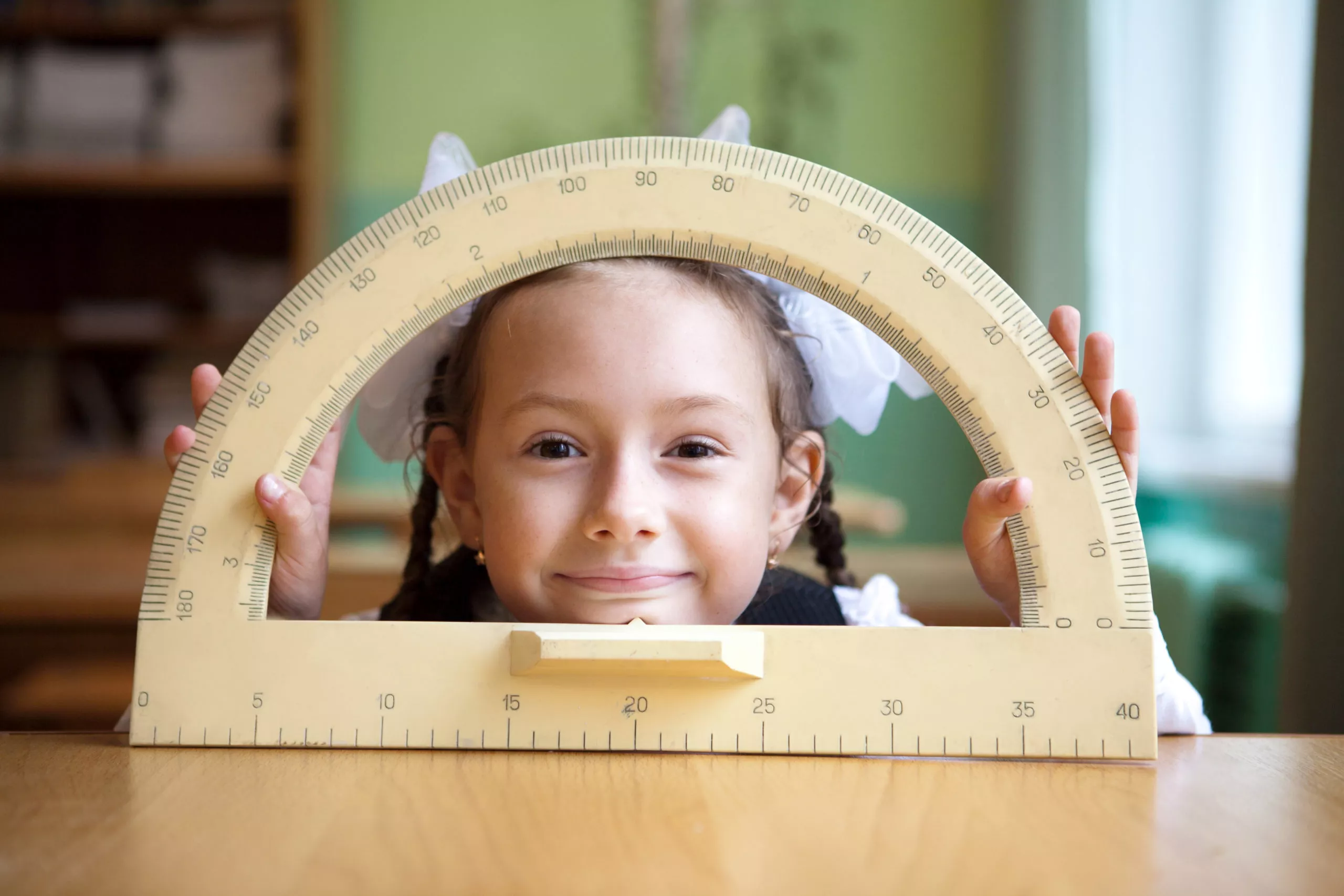
×
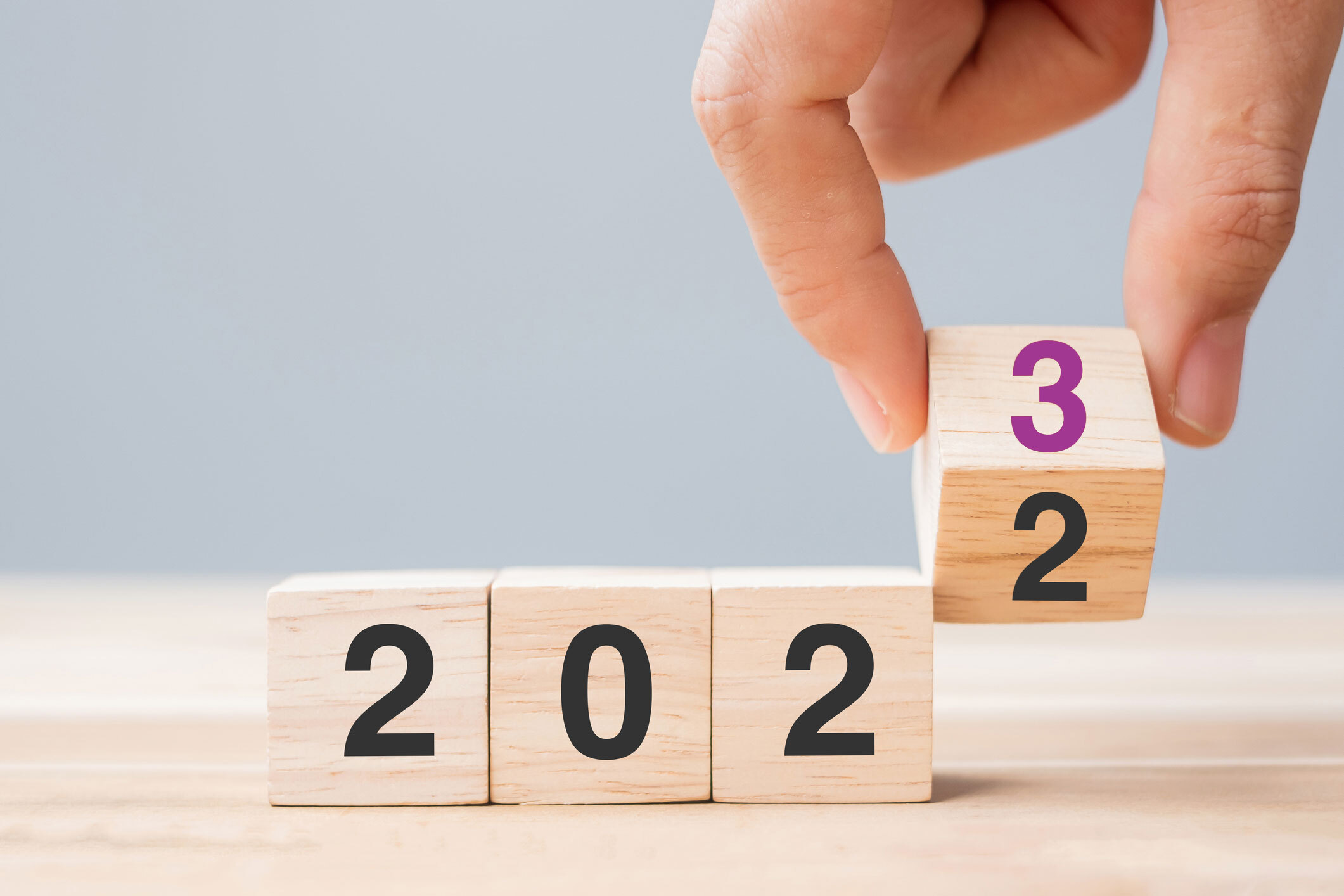
In 2022, we’ve seen health organizations, eye doctors, parent influencers, and well-known publications come together to help drive more understanding around the myopia epidemic and an urgency to take action to raise awareness of the importance of slowing this disease in children. We expect to see this momentum continue as we move into 2023, a […]
share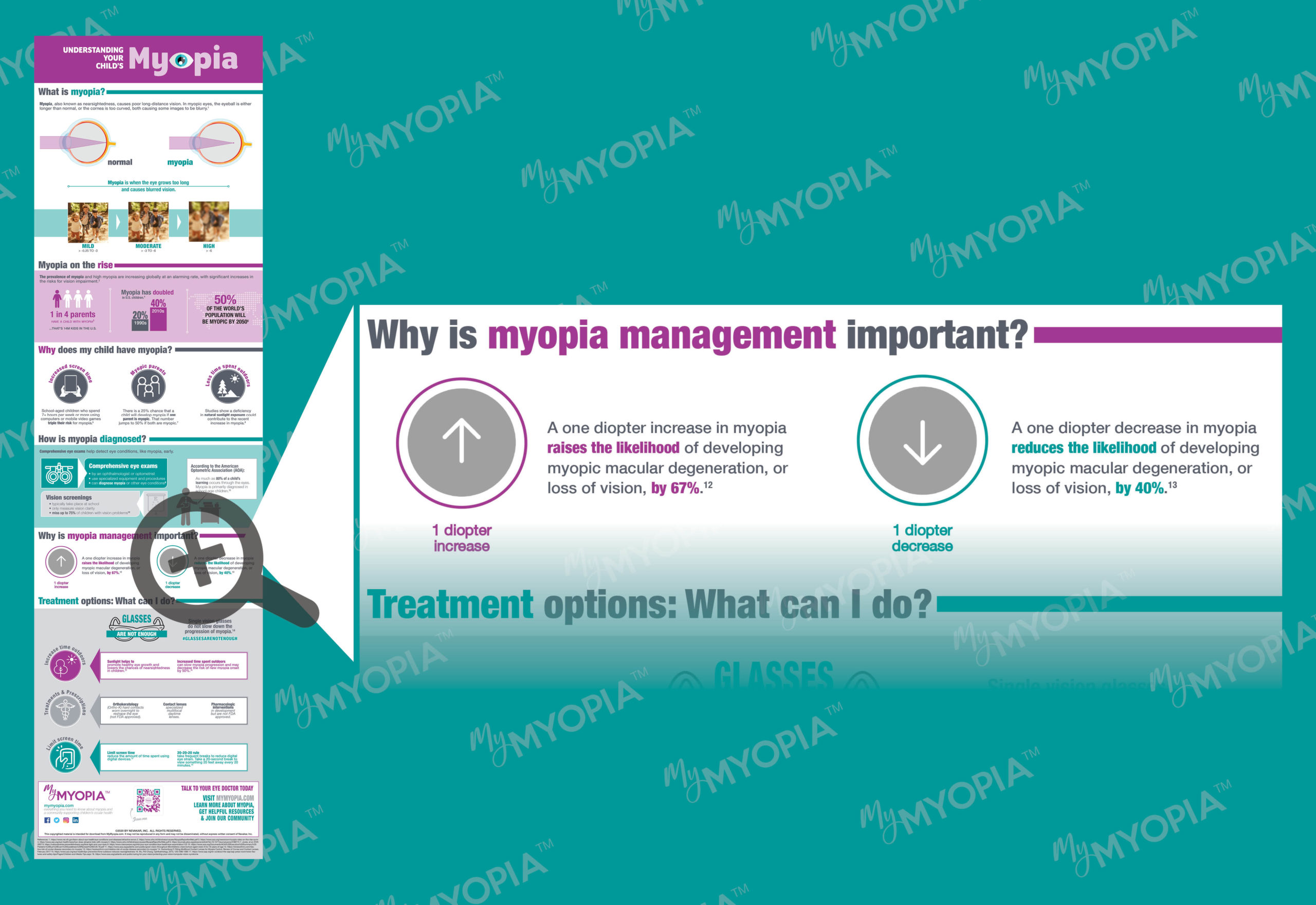
Research has found that pediatric eye care is not always a top priority for parents. Only 57% of parents reported making regular eye doctor appointments and even fewer (27%) said they took their child to an optometrist in the past year. Of the parents surveyed, 88% felt that comprehensive exams aren’t needed until children are […]
share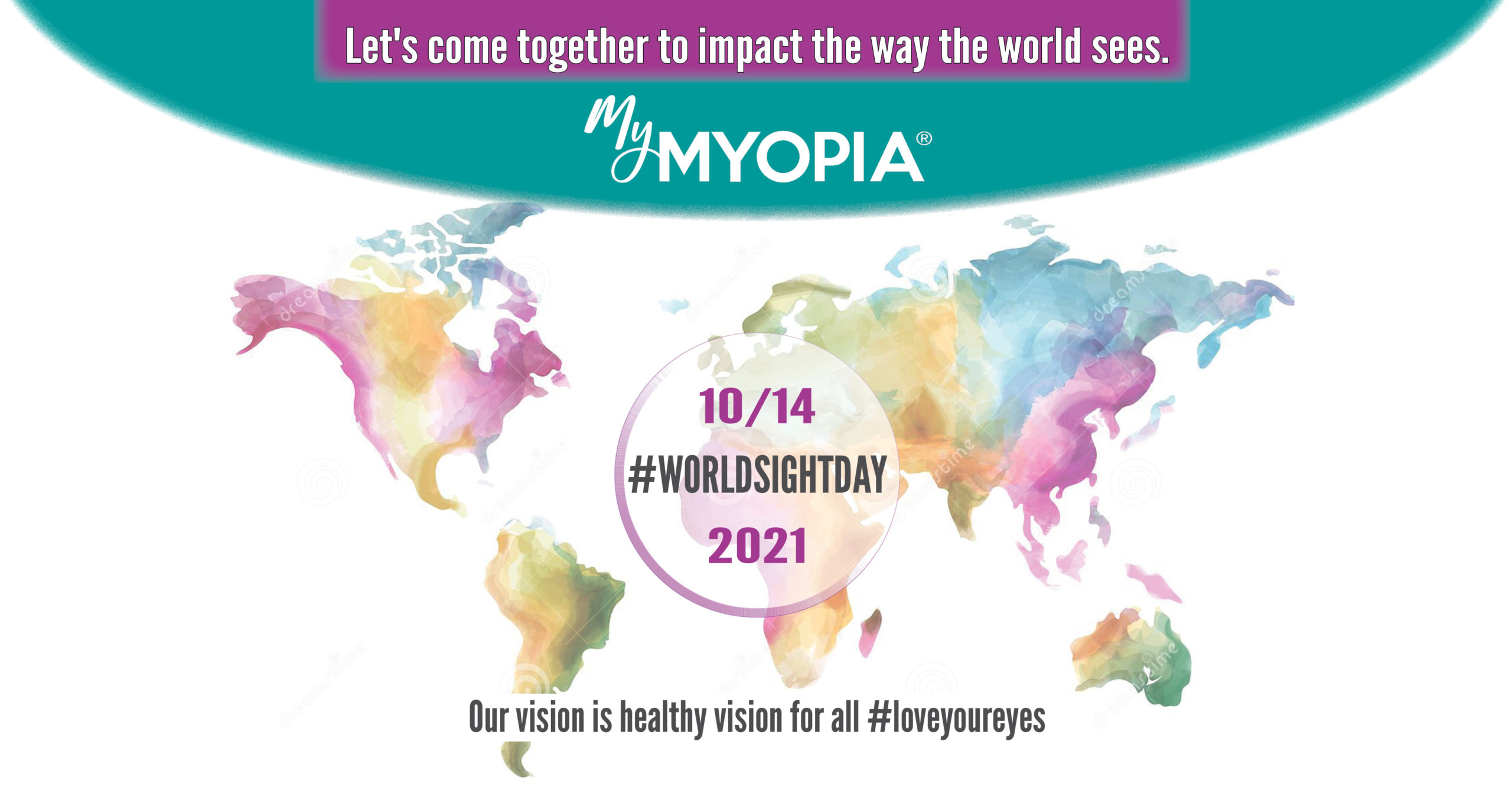
World Sight Day, an International Day of Awareness to focus the world’s attention on the importance of eye care, is on Thursday, October 13, 2022. As the prevalence of myopia and high myopia are increasing globally at an alarming rate, with significant increases in the risks for vision impairment, we’re encouraging you to take World […]
share
This year, awareness and understanding of myopia increased as organizations, associations, and influencers continued to emphasize the importance of eye exams and myopia management for children. Understanding that conventional glasses and contact lenses do not slow the progression of myopia, and that there are treatment options available, is the highest priority takeaway—as it will continue […]
share
October 14, 2021, is World Sight Day, an annual day of awareness to focus global attention on blindness and vision impairment. This year awareness is more important than ever as recently researchers have found a rise in nearsightedness in children during home confinement due to the pandemic. To help you access important educational information, we’ve […]
share
This year, organizations, associations, and influencers continued to emphasize myopia awareness and education. In March, the novel coronavirus was declared a national emergency in the United States. As stay-at-home orders due to COVID-19 impacted us all, the focus turned even more to increased time on devices, less time spent outside, and the need to take […]
share
Eye care professionals are often asked by parents, “Why haven’t I heard about myopia management before?” when they learn regular glasses and contact lenses only compensate for their child’s blurry vision and that there are options available for slowing the progression of myopia. This was the driving force behind the creation of the Global Myopia […]
share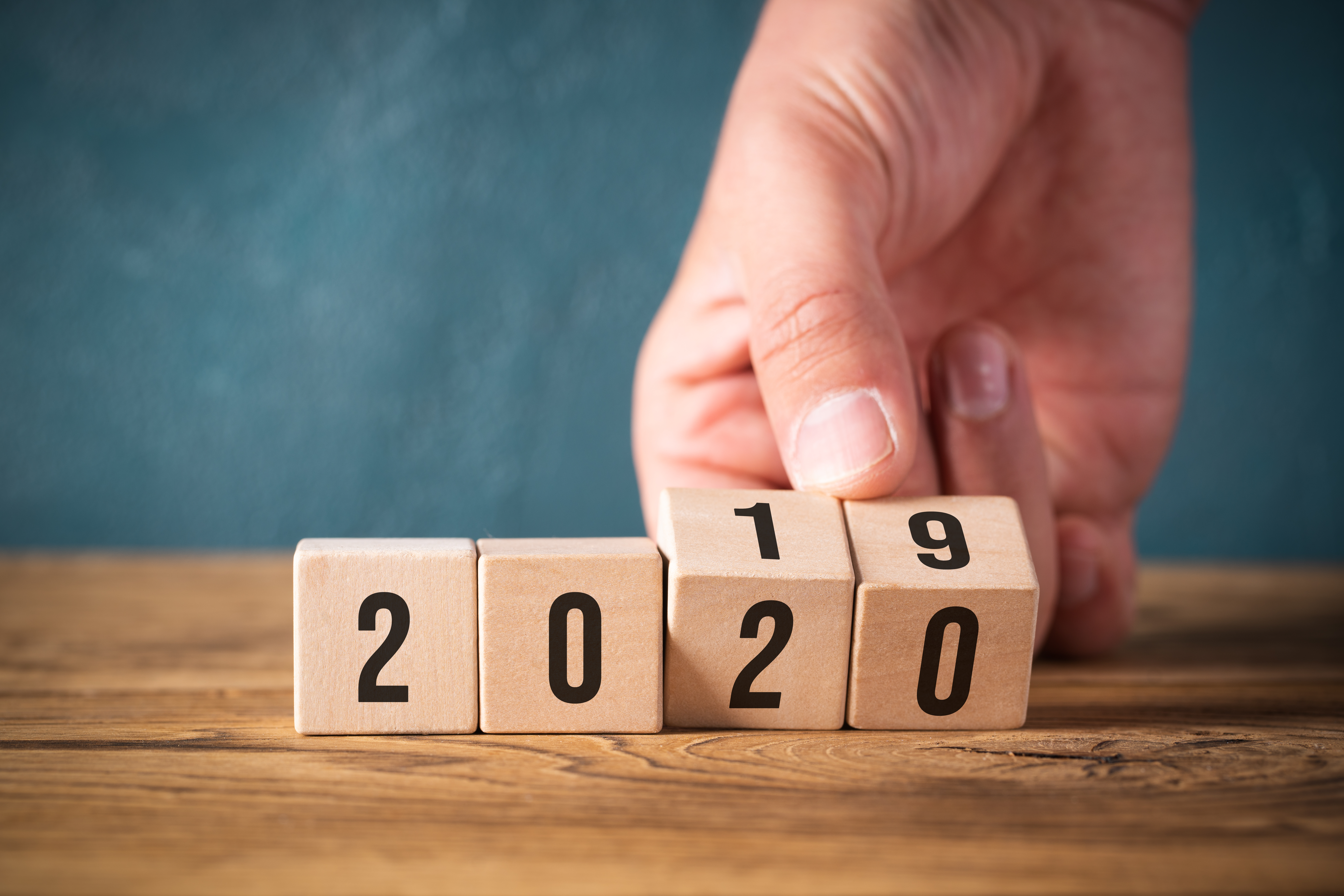
As myopia is an eye disease with increasing prevalence, particularly in children, it’s important that we come together to take measures to increase awareness of the condition, its impact, causes, and treatment options. In 2019, we saw great strides in this mission, which we’ve highlighted below. It’s a great time to reflect on what we’ve […]
share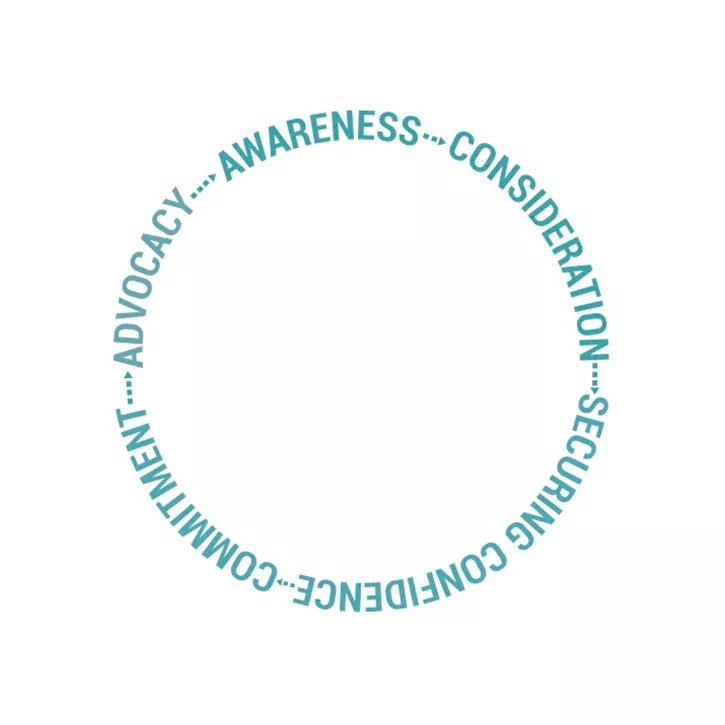
As the myopia epidemic rises—prevalence in the U.S. has grown to more than 40 percent and has been predicted to be more than 50 percent by 20501—now is the time to think about a myopia management specialty for your practice.
share
Eye care professionals are no strangers to myopia, but for patients, myopia, its causes, and understanding next steps are not always clear. Speaking to your patients about myopia and myopia management is important. Educating your patients in advance can make a difference in proactively preventing, detecting, and treating their myopia. So how do you start […]
share
Children who develop myopia may continue to have their vision worsen over time. Earlier myopia onset can lead to a faster rate of progression and a greater final degree of myopia.1 By 2050, 10% of the world’s population is projected to be classified as high myopes (myopia generally defined as <-6.0 Diopters) [WHO report].2
share
“Classically, we haven’t thought of myopia as a disease, but, based on the latest science, we should.”

– Thomas Aller, OD